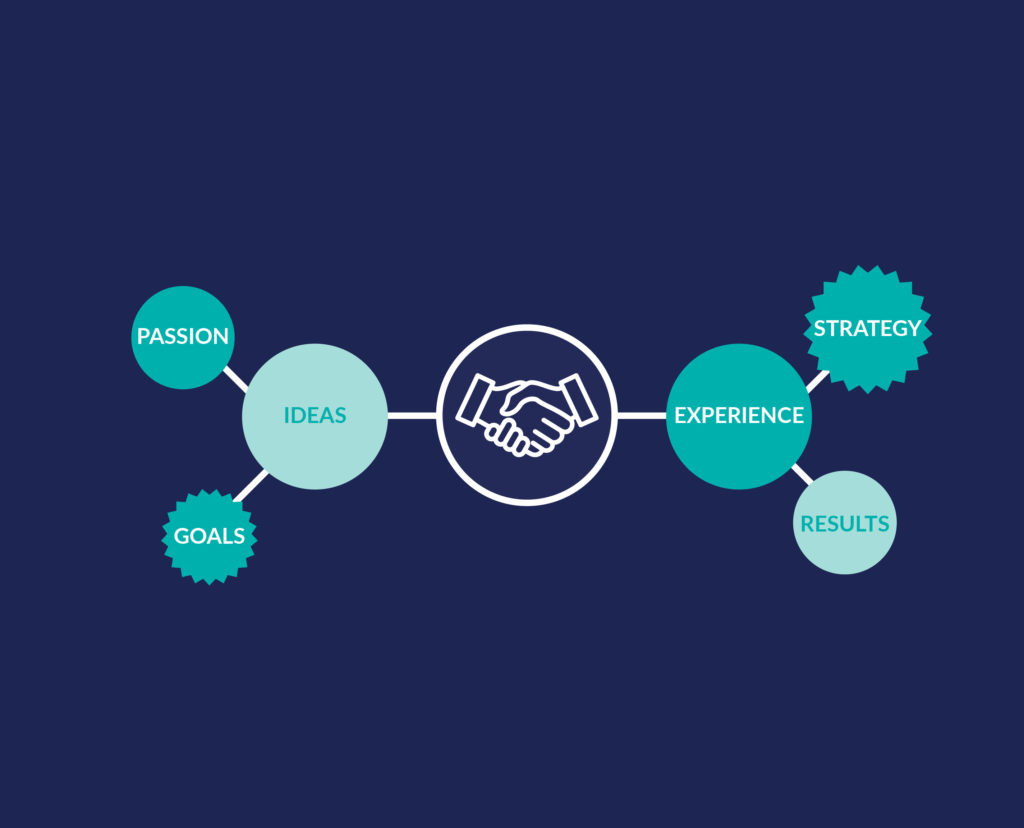Communicate through design – there’s more meaning behind these words than just sounding good when we, at Talk Visual, were choosing our slogan. Effective visual communication is all about conveying a message and solving a problem using design.
Whether you’re an entrepreneur, marketer, educator, startup, or an individual looking to get your point across, the art of visual communication can significantly enhance your ability to engage, inform, and persuade your audience. Let’s take a look at some of the strategies and techniques that make visual communication a tool for conveying messages, and explore some tips on how to create better visual content!
The impact of visual communication on audience engagement.
Humans are visual beings. Our brains process visual information faster and more effectively than text alone. This is why incorporating visuals and graphic design into your communication strategy has a significant impact on your ability to engage an audience. Whether it’s a striking image, an intriguing infographic, or a well-crafted video, visuals capture attention, evoke emotion and leave a lasting impression. By using visuals, you can make your message more relatable, memorable, and easily digestible.
Using infographics, illustrations, and icons to simplify complex information.
Complex ideas and data can be intimidating to an audience. This is where the power of infographics, illustrations, and icons comes into play. These visual aids are roadmaps that guide your audience through understanding intricate ideas and information. Infographics present data in a visually appealing manner, using charts, graphs, and icons to simplify a concept. Illustrations add a touch of creativity and storytelling, making even abstract ideas simple. Icons, on the other hand, provide quick visual cues that ground our understanding of key points.
So with this in mind, how do you create compelling visual content for websites and social media?
It’s all very well knowing how important it is to communicate effectively, but what does that look like in practice? Let’s talk about some simple tips to keep in mind while creating your content.
Know your audience: Understanding your target audience’s preferences, and interests is essential. Tailor your visuals to appeal to their taste and needs.
Consistency is key: Maintain a consistent visual style across all content. This includes your colour palette, typography, and design elements. Consistency builds brand recognition and credibility.
Prioritise clarity: No matter how creative your visuals are, clarity should always be top priority. Ensure your message is easily digestible, and design elements don’t overshadow the main point.
Choose the right platform: Different platforms have different design requirements. Adjust visuals to fit the dimensions and aesthetics of each platform, whether it’s a website, Instagram, Facebook, or printed media.
Tell a story: Use visuals to take your audience through a compelling narrative. People connect with stories, so weave your message into a visual journey that resonates with your audience on an emotional level.
Use negative space: Just as important as the content itself is the space around it. Negative space (white space) gives your visuals room to breathe and draws the viewer’s attention to what matters most.
__________
No matter where in New Zealand you are, mastering the art of effective visual communication is a skill that can take your business to new heights. Whether you’re simplifying complex data, sharing important information, or promoting your brand, the right visuals can make a world of difference. Visual communication is more than a trendy buzzword; it’s how you solve problems!


